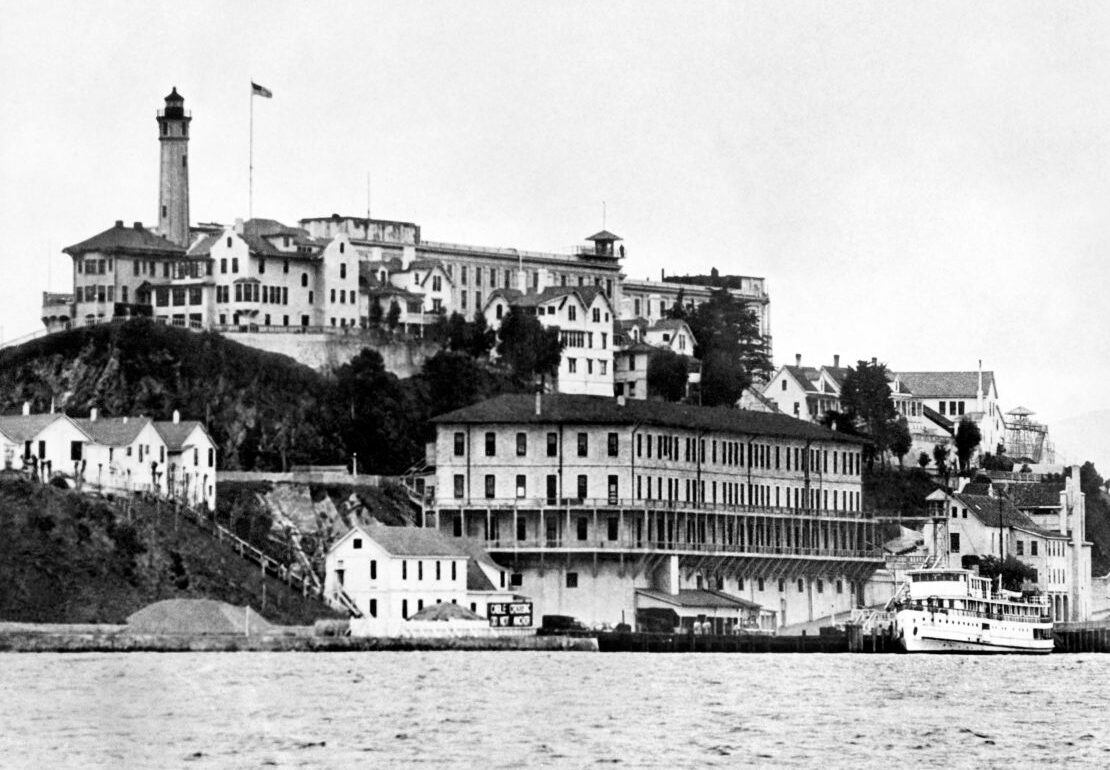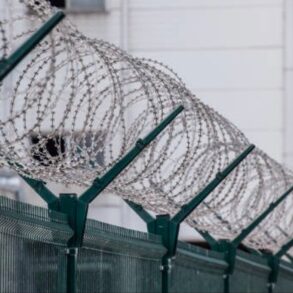CNN
—
President Donald Trump on Sunday said that he would order the government to rebuild and reopen Alcatraz, a former prison on a small island of the same name off the coast of San Francisco that once housed some of the most dangerous criminals in the country, including Al Capone, George “Machine Gun” Kelly and James “Whitey” Bulger.
The prison, which closed 60 years ago due to its crumbling infrastructure and high maintenance costs, “will serve as a symbol of Law, Order, and JUSTICE,” Trump said in a post on Truth Social Sunday, later telling reporters it was “just an idea” he had as federal judges pushed to ensure deported migrants had due process.
Now a major historical landmark and tourist destination, Alcatraz was once one of the most heavily fortified military sites on the West Coast before it transformed into a notorious federal penitentiary in 1934.
As a maximum-security prison surrounded by the Pacific’s strong, cold currents, Alcatraz had a reputation for being a “last resort” facility where the most dangerous and most unruly in other prisons were sent. It was virtually impossible to escape, despite numerous storied attempts.
Here’s what else to know about its colorful history:
‘Maximum-security, minimum-privilege’
The island of Alcatraz’s strategic location at the entrance to San Francisco Bay made it ideal for defense.
The US Army built a fort there in the 1850s and equipped it with artillery needed to protect the bay from foreign invasion amid growing US interests in the Pacific. It was also used to protect San Francisco from Confederate raiders during the Civil War. Soon after it evolved into a military prison, which it remained into the 20th century.
In 1933 the US military turned Alcatraz over to the Department of Justice, beginning the island’s nearly three decades as a federal prison. With its isolated location and barebones amenities, “The Rock,” as it came to be known, was meant to deliver a message to criminals.
“The Federal Government had decided to open a maximum-security, minimum-privilege penitentiary to deal with the most incorrigible inmates in Federal prisons, and to show the law-abiding public that the Federal Government was serious about stopping the rampant crime of the 1920s and 1930s,” according to the Federal Bureau of Prisons.
Prisoners at Alcatraz had four rights: food, clothing, shelter, and medical care –– all other privileges, including visits from family or access to books, art supplies and music, had to be earned.
For all of its infamy, Alcatraz averaged a prison population of about 260 to 275 prisoners at any given time – less than 1 percent of the total federal jail population. Most of the prison’s inmates were among those who refused to conform to rules at other federal jails or who were deemed “escape risks.”
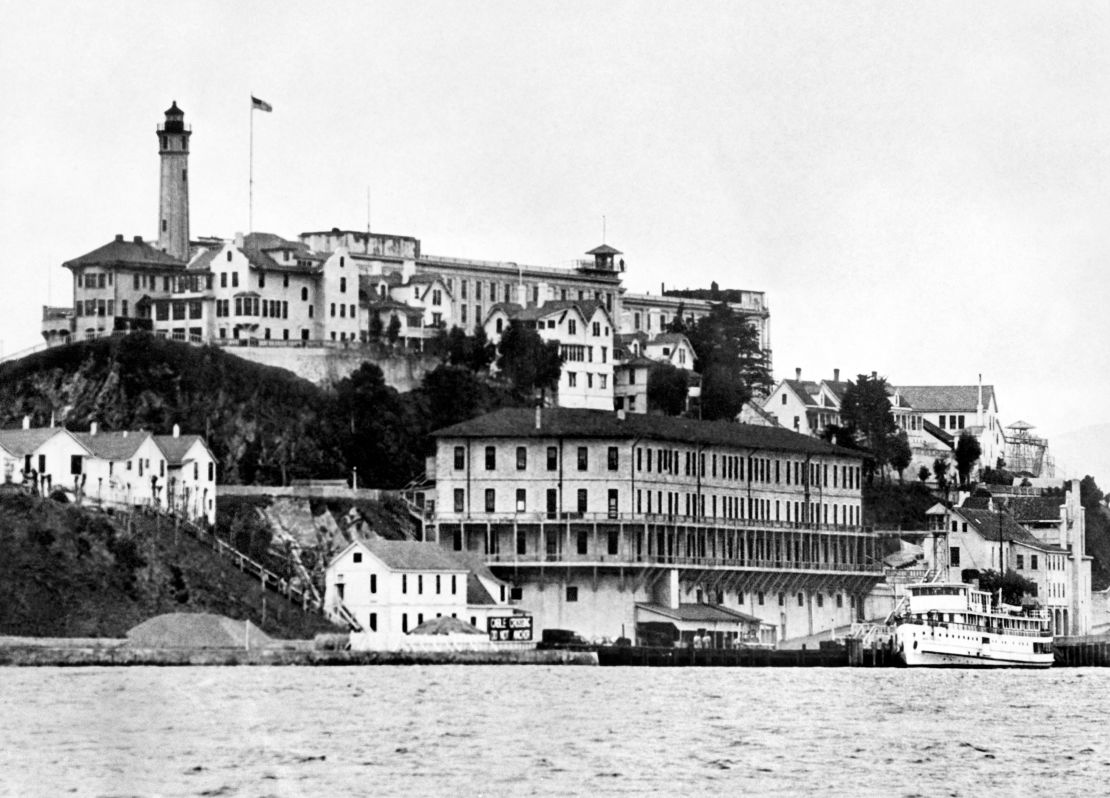
The 1962 escape that defined the prison’s notoriety
Alcatraz saw 14 separate escape attempts involving 36 men over its 29 years as a federal prison. Officially, no one ever succeeded in reaching the mainland alive.
The most successful – and elaborate – escape attempt came in 1962, when Frank Morris and brothers John and Clarence Anglin vanished from their cells and were never seen again. The escape was dramatized in the 1979 Clint Eastwood film “Escape from Alcatraz.”
The FBI’s investigation of the escape uncovered an “ingenious” plan devised over several months.
Using spoons and homemade tools – including a drill made from a vacuum cleaner motor – the inmates dug through ventilation ducts behind their cells, which they used to establish a makeshift workshop on top of their cellblock.
They created fake heads of themselves from plaster – complete with real human hair. The men secretly assembled a makeshift raft and life vests out of more than 50 stolen raincoats, using heat from steam pipes to seal the materials, investigators found.
On the night of their escape, they used their dummy heads to fool the night guards while they slipped out of their cells. They then crawled through a ventilator shaft on the prison’s roof that they had previously cut open and left temporarily secured with a bolt made from soap.
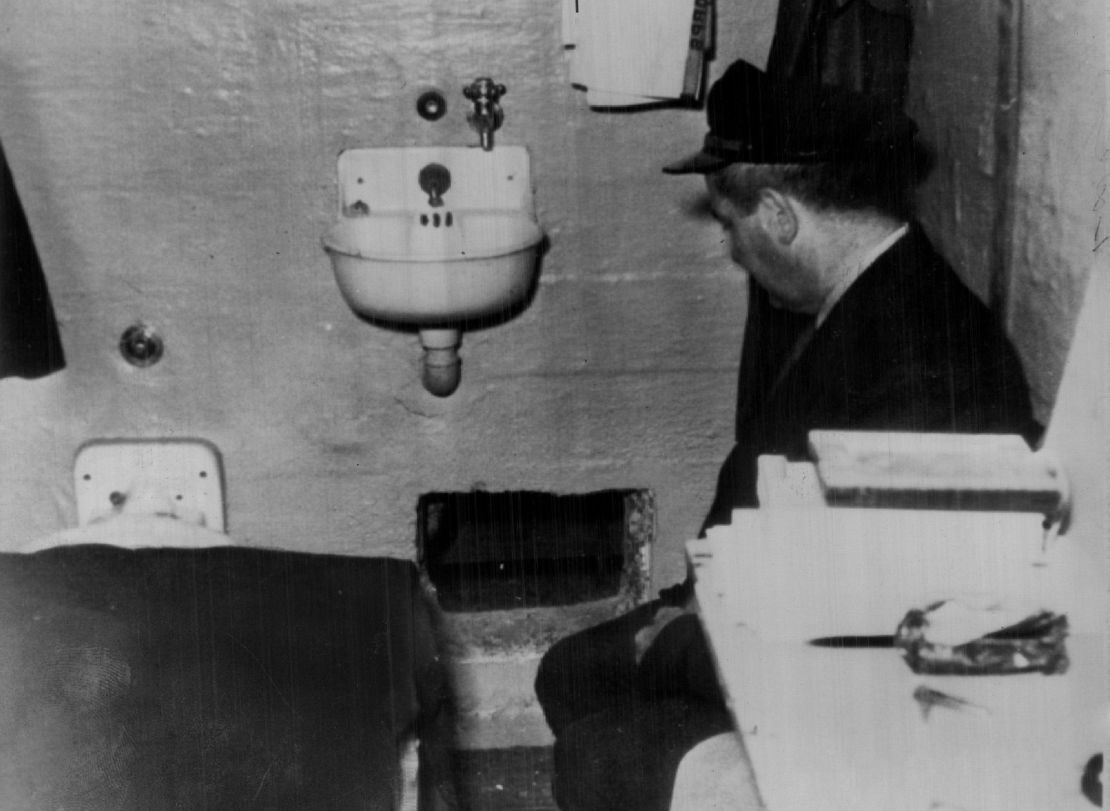



It is believed that the group never made it to land and disappeared into the cold waters of San Francisco Bay. The FBI concluded they likely drowned, but no bodies were ever recovered.
Occasional sightings and leads have kept the case open for decades.
The ‘Birdman of Alcatraz’
Among the most well-known prisoners of Alcatraz was Robert Stroud, nicknamed the “Birdman of Alcatraz” for his later interest in ornithology –– the study of birds.
Originally imprisoned for manslaughter in 1909, Stroud later killed a prison guard and was sentenced to life in solitary confinement at Leavenworth Penitentiary in Kansas.
While in prison, Stroud began raising canaries and conducted research on birds, later publishing respected books on bird diseases. Though he was allowed to conduct his studies in his cell, prison authorities later found that equipment Stroud had requested for his experiments were used to construct a still for “home-brew,” according to the Federal Bureau of Prisons site.
Stroud was then transferred to Alcatraz in 1942 where he was not allowed to keep birds. He left Alcatraz for another facility in 1959 and died four years later.
High costs and deteriorating conditions forced the prison to close
By the time Alcatraz prison closed, its building walls were corroded from the salty sea air. Authorities estimated that it would take roughly $3 million to $5 million to restore and maintain the facility –– excluding daily operational costs.
“Alcatraz was nearly three times more expensive to operate than any other Federal prison,” according to the Federal Bureau of Prisons website.
After it closed, the island sat mostly unused until 1969, when a group of Native American activists occupied it for 19 months in protest, claiming it under the Treaty of Fort Laramie.
Today, Alcatraz is operated by the National Park Service as a tourist destination, welcoming approximately 1.2 million visitors a year.
It was designated as a National Historic Landmark in 1986, but such a designation “can be considered for withdrawal either at the request of the owner or on the initiative of the Secretary of the Interior,” according to the National Park Service.
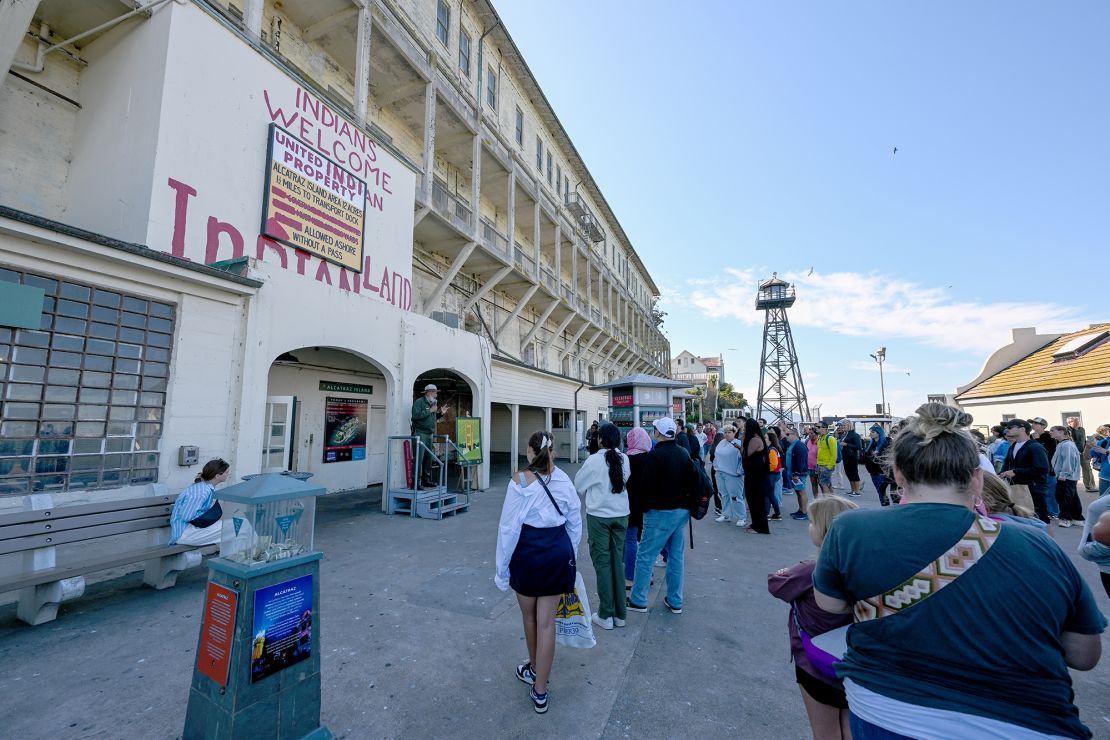



There are certain conditions that make a landmark eligible for losing the designation, such as ceasing “to meet criteria for designation; the qualities for which it was originally designated have been lost or destroyed.”
CNN has reached out to the Department of Interior, the National Park Service and the Bureau of Prisons for comment.
Former House Speaker Nancy Pelosi, a California Democrat whose district includes Alcatraz, pushed back on the president’s proposal, calling it “not a serious one.”
“Alcatraz closed as a federal penitentiary more than sixty years ago. It is now a very popular national park and major tourist attraction. The President’s proposal is not a serious one,” the congresswoman wrote Sunday on X.
CNN’s Samantha Waldenberg contributed to this report.
This post was originally published on this site be sure to check out more of their content.




